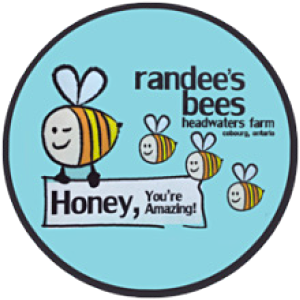“Nature does not have a core business, except that of diversity, abundance, and continuance.”
— David Schaller
Although we are an organic farm, we go way beyond simply being chemical-free. We follow broader ecological principles that mimic nature, bringing biodiversity in our food production and building sustainable land management systems.
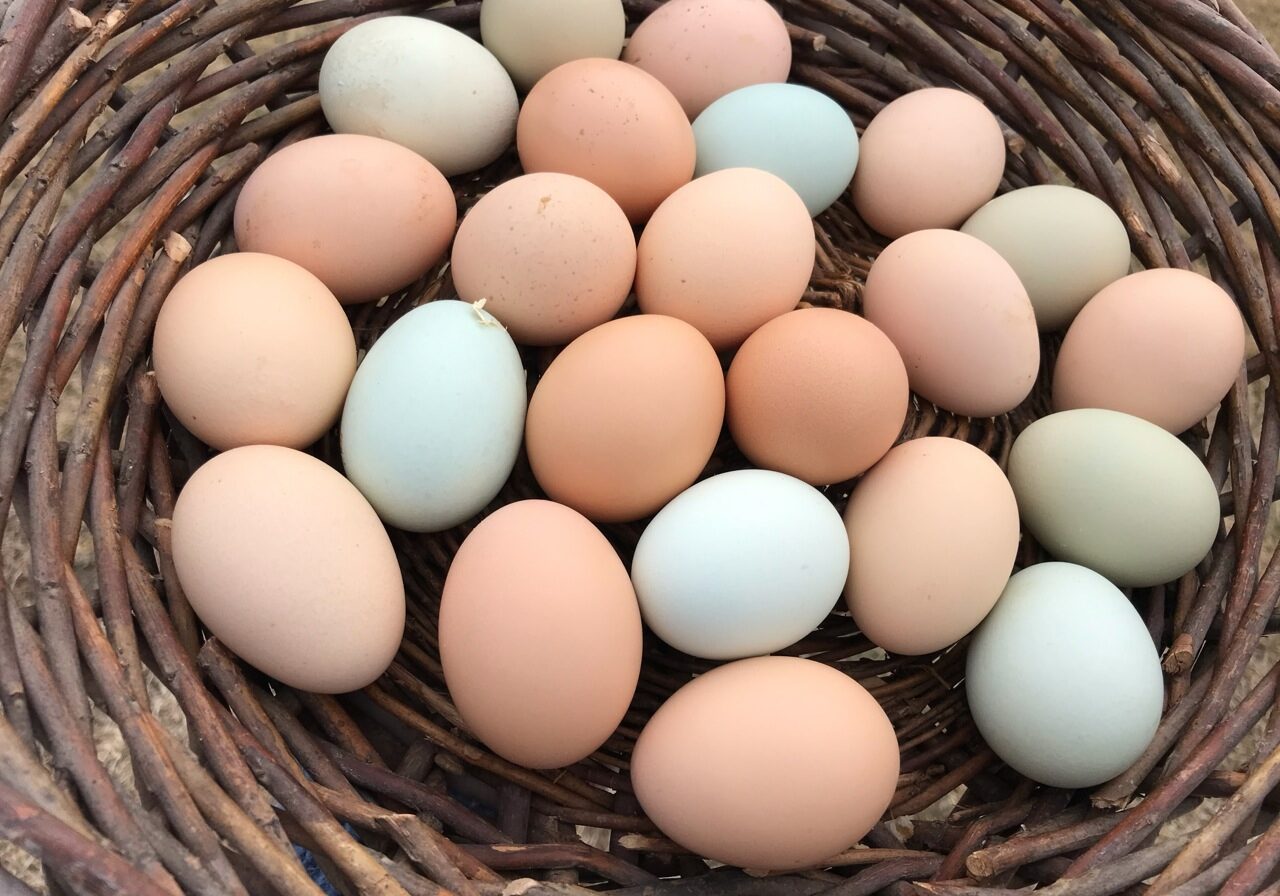
Beyond Sustainable
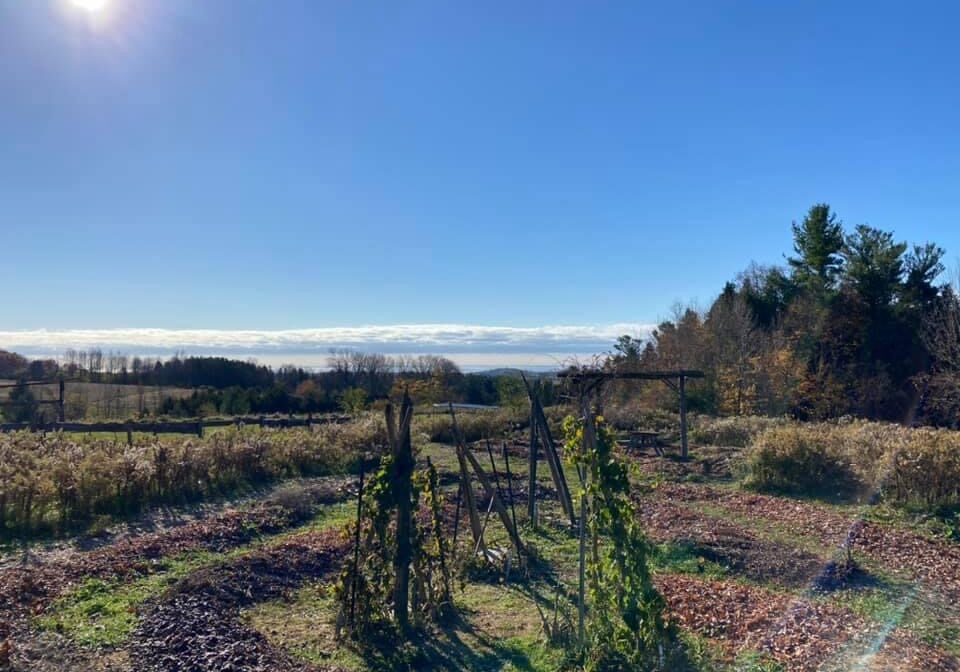
In environmental terms, being sustainable means not using up resources faster than they can be reproduced. If we are sustainable we can continue to do things in the same manner indefinitely and the environment will remain pretty much the same. But staying the same isn’t necessarily where we want to be if the environment isn’t in great shape to begin with; it only means we’re not making it any worse.
Our goal at Headwaters is to leave the earth better than how we found it. In other words, creating biological and social systems that improve the health of the land and the living beings that inhabit it.
Permaculture
Permaculture takes organic and ecological farming a step further. Linda and Tony Armstrong traveled the world working on organic farms to learn about permaculture, culminating in a Permaculture Design Certification in Costa Rica in 2012.
It is a design philosophy that affects all aspects of our life on earth. Its three core tenants are:
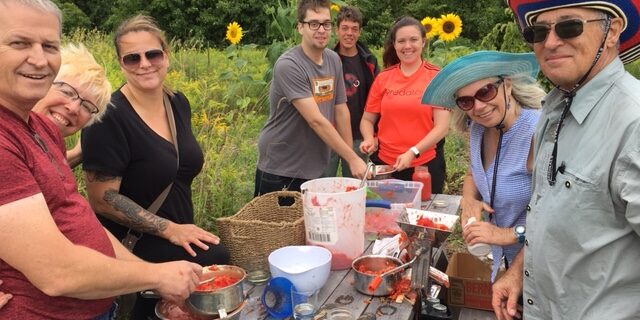
1) Caring for the Earth
Farming sustainably is the number one aim at Headwaters. We work to improve the soil year after year and recycle our natural resources such as wood and water. We also try to integrate our activities so that every element of the farm is interdependent. For instance, our animals not only provide us with food, they also help us pollinate, plant and fertilize our fields and gardens.
2) Caring for the People
Everything grown and raised on the farm is intended to provide the Armstrong family and workers with a healthy, balanced diet including fruits and vegetables, meat, dairy, eggs and honey. Products not available on the farm are sourced locally as much as possible. What we don’t eat, we offer for sale to the community or put back into the land. All humans on the farm work cooperatively, helping each other out, many volunteering their time and skills.
3) Sharing the Wealth
Our resources are the 80 acres of land we own, the life that inhabits it and the knowledge we gain each day. As a community farm and education centre, we welcome all who want to share in this abundance – helping with the gardens and animals, cooking and eating delicious home-cooked meals, taking part in our activities or just enjoying the view. Everywhere are possible gathering spots for discussions, meetings, meals and events.
What We Farm
Vegetables and Fruit and Wild Stuff – Having never grown anything but pots of herbs 10 years ago, Linda and Tony have come a long way in their quest to vegetable self-sufficiency!
Our half-acre, permaculture vegetable garden has been carefully designed and built over the years with the talented help of our volunteer summer gardeners. It is now teeming with at least 30 different types of vegetables, beautifully zigzagging along swales, curves, and terraces; a true Garden of Eden!
Mixed within the annual beds are several pockets of emerging perennial forest gardens with several varieties of fruit trees and edible shrubs and herbaceous plants that will eventually grow into a multi-level natural forest of food.
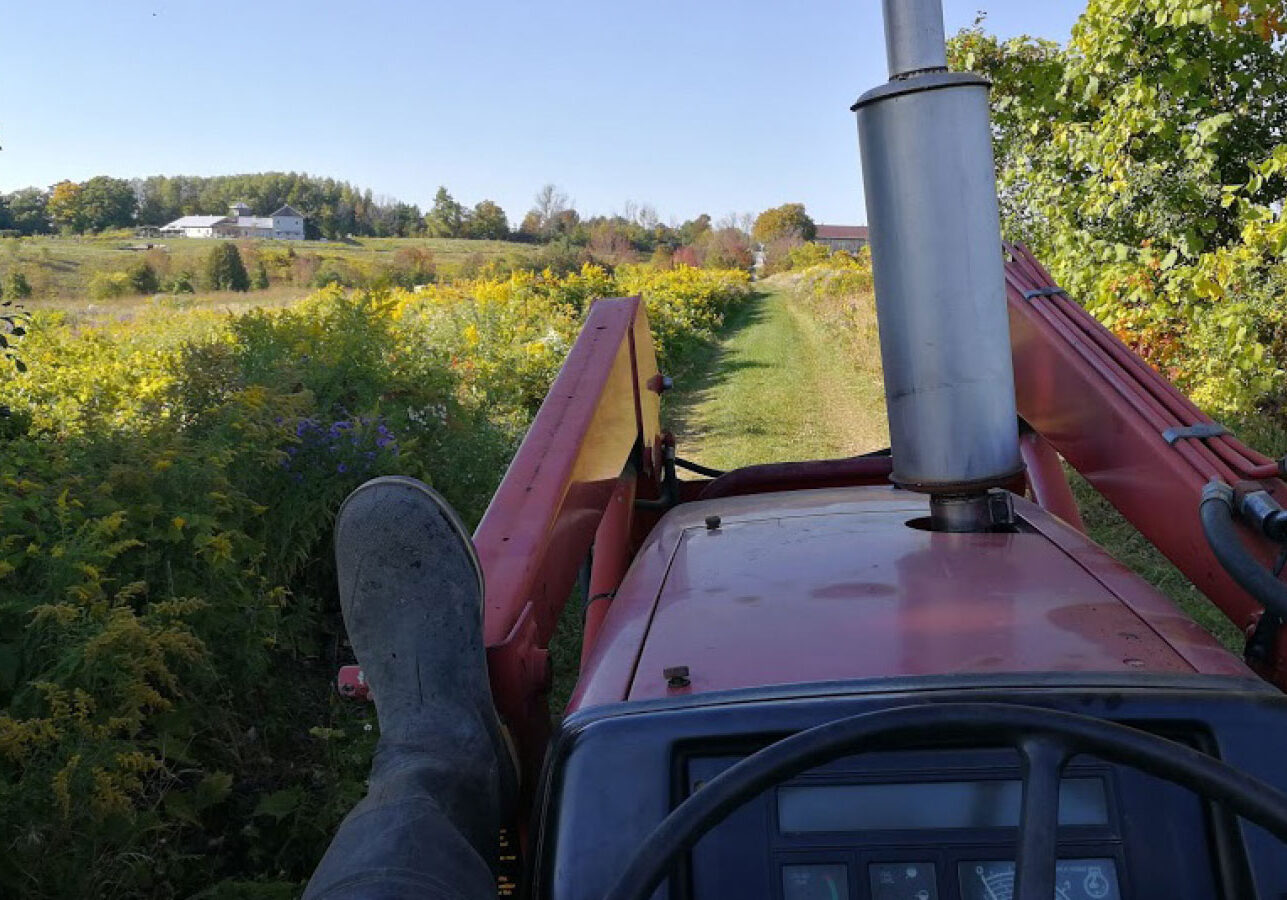
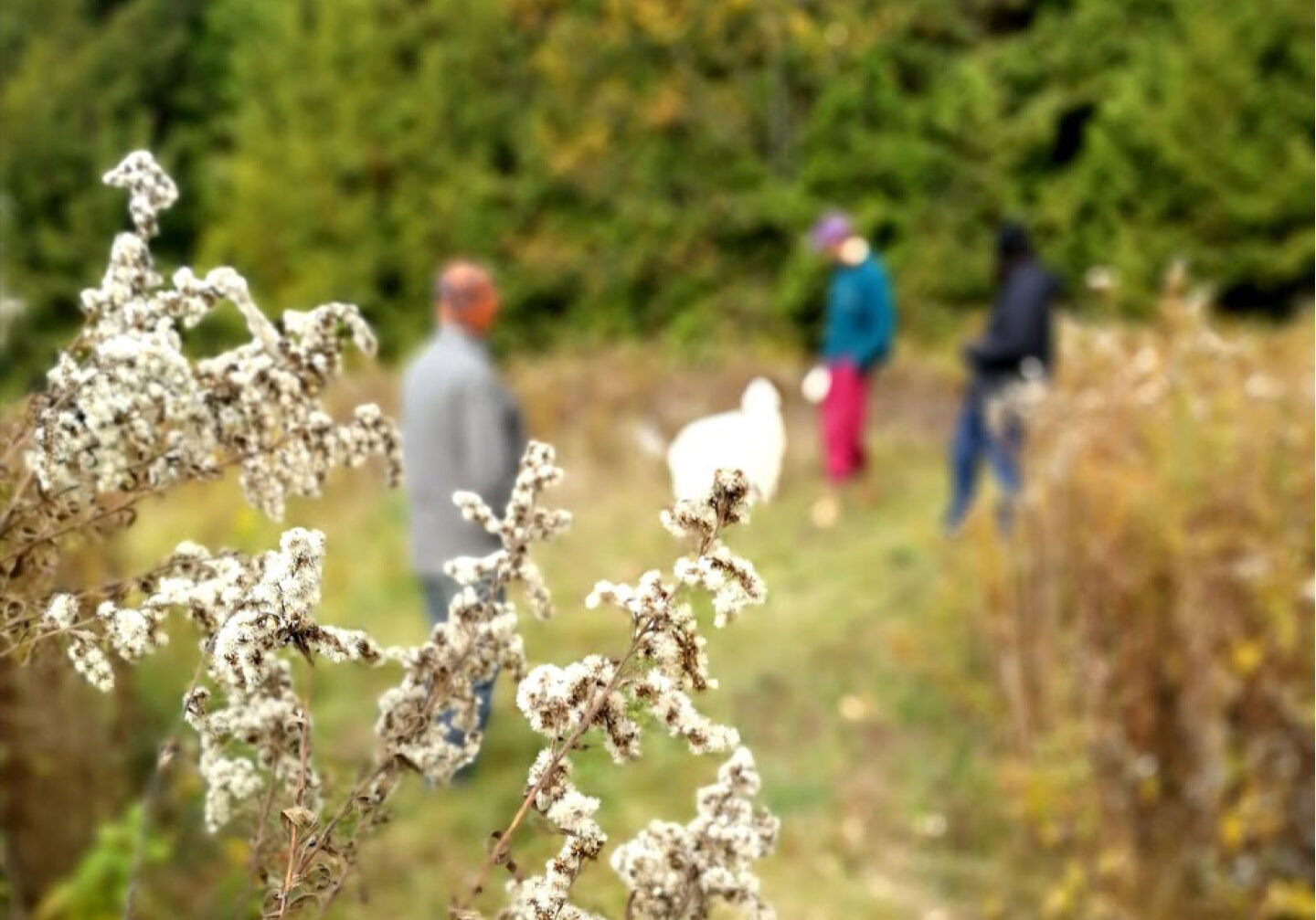
We use only organic inputs (including our own manures). The perennial plantings and borders around the garden aid in climate regulation and attract beneficial insects and birds.
In addition to our cultivated food, take a hike around the property and find roadside stands of raspberries, blackberries and currants, invasive wild grape winding up our bigger trees and lots of wild edibles and medicinals growing in our meadows and forests including nettle, comfrey, dandelion, fiddleheads, plantain, watercress, wild leeks and elderberries.
Laying Chickens
Our flock of egg-layers are heritage varieties of chickens that provide us with a beautiful mix of colour and personality. Linda says she could sit and watch her hens all day and never get bored – from early morning foraging for earthworms and new green shoots to mid-afternoon dust baths and naps to late evening squabbles over roosting spots in the coop. Our birds are hearty and healthy and lay eggs in shades of cream, brown, blue and green. During the summer, our hens free-range out on our pasture, adding to it’s fertility by scratching in the manure left by the cows. They sleep in their fancy egg-mobile where we collect the eggs each morning.
Meat Chickens
We raise Red Ranger broilers, an alternative breed to the standard white CornishX you see in the grocery stores (the ones that grow so fast with intensive feeding their legs can’t support them.) Our slower-growing chickens reach their desired slaughter weight in 12 weeks so the birds are healthy and can run around and forage. Red Bro and other similar breeds have been used all over Europe for many years and are the standard birds used in all extensive (as opposed to intensive) production systems. They arrive as day-old chicks and, at 4 weeks, we put them in outdoor mobile cages called chicken tractors where they get plenty of sunshine and fresh air. They help improve the fertility of our field with their manure left dig up insects and tender shoots. They have a proven track record for livability, a wonderful range of feather colour, great texture, juiciness and flavour.
Goats
Although we were reluctant to raise goats, our farmer-friends from Wicklow Way asked if we could graze their goats on our land and we agreed. When a dozen La Mancha baby does and bucks arrived that first year with their little elf ears and big eyes, we were hooked. Needless to say, our misgivings about a goat’s destructive tendencies haven’t gone unfounded. We’ve had to repair numerous fences, animal pens and even someone’s car windshield! They are extremely curious and intelligent and love to push things over, even people, just for the fun of it. We slaughter the males in the late fall for meat for our own consumption and to sell and we milk the does for drinking milk, yogurt and soft cheese. Unfortunately we aren’t allowed to sell our wonderful raw and healthy goat milk.
Crops
On our remaining arable land, we try to grow the feed and fodder our animals need - pasture grasses and legumes in the summer cover about 10 acres to feed our horses and goats. Another 10 acres is to grow hay for the winter months.
